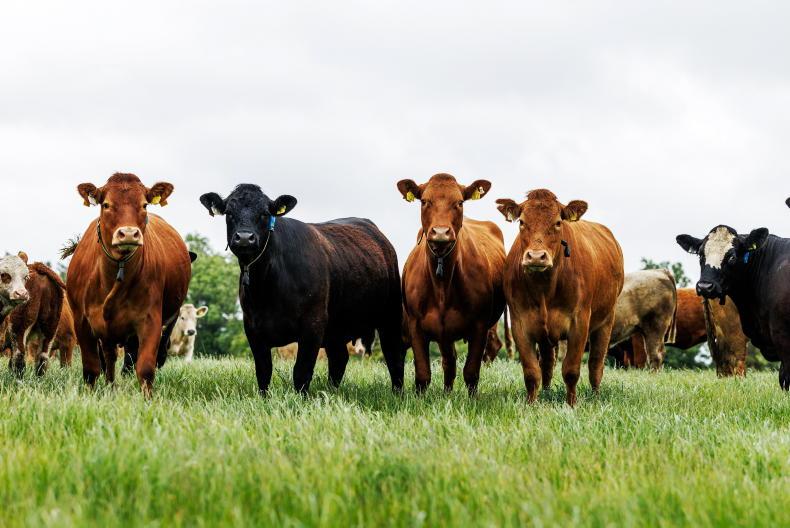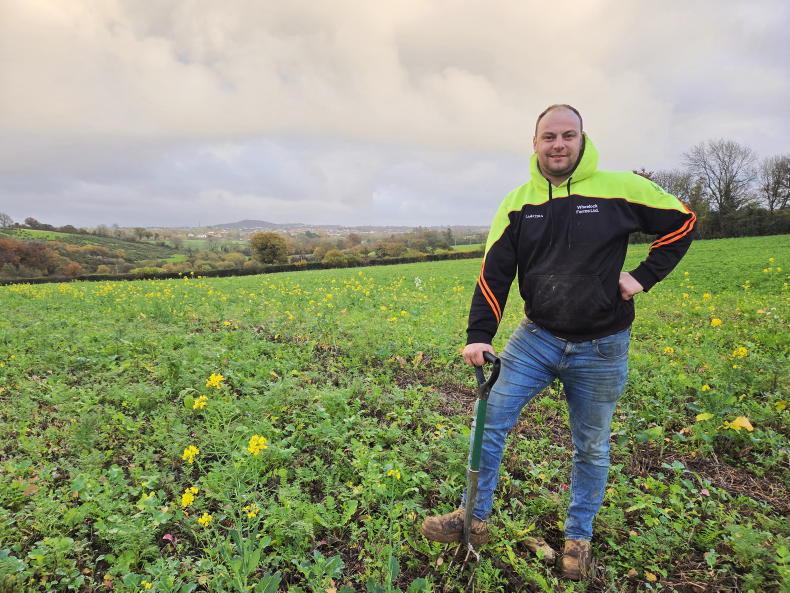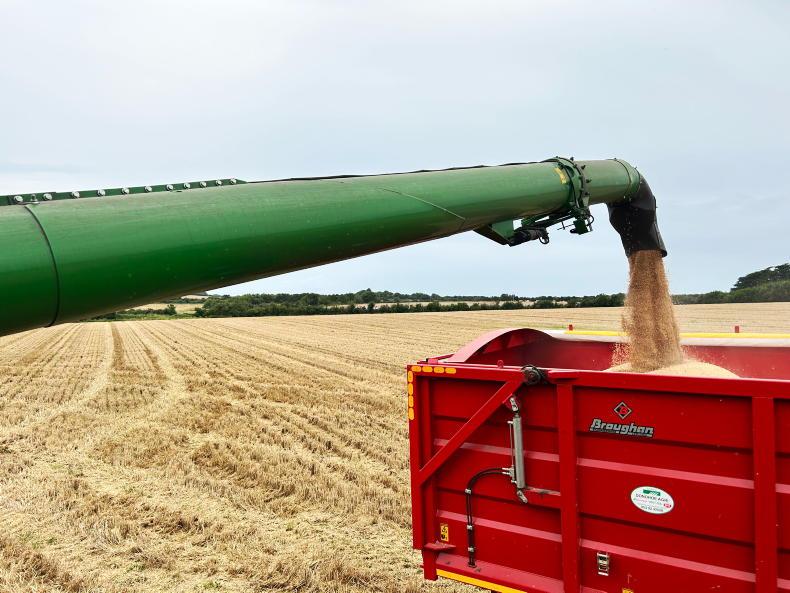Cold hits growth: A return to cold conditions is a welcome break from growth for forward winter cereal crops. It will not be long until it may be time to drive crops on but in the meantime it would be good if they were held back.
Rainfall amounts were variable over the past week with the south and west taking the brunt of the rainfall once again. However, total amounts to date are less than half what we had received by this time last year. While land has held up well, the combination of rain and frost will make conditions messy and difficult. But if we were to get a spell of frozen ground it might provide an option to get out some P or K or even some granular lime.
Be ready with fertiliser: As we move towards mid-February we might expect to see levels of growth that require substantial fertiliser, at least in the earlier parts of the country. So know what you are going to apply (use soil test results to guide that) and have it on hand for when conditions permit.
You could use frozen ground to get a low nitrogen compound out on dry land providing there it a reasonable forecast into the week ahead. We can visibly see the small stretch in day length already so mild conditions will drive even more growth which will need to be fed, especially in winter barley. But the total nutrient requirement will still be quite low for a few weeks yet.
The priority crops for nitrogen are winter barley and winter oilseed rape but the total requirement will be low until we get into active growth. And that will vary with the part of the country. But there must be something to be said for a small dressing on rape and barley to keep them ticking over in the intermittent spells of growth.
If you have reason to be confident in the weather ahead then 6-12kg N/ha could last the crops for a few weeks. But when you get to active growth then apply compound to supply adequate P & K in combination with 50-60kg N/ha on winter barley. There is less urgency to get nitrogen onto wheat or oat crops for the moment.
The urgency for application is influenced by location, crop condition, ability to travel and the likelihood of growth or heavy rain. The more advanced the crop the greater the need for a little early N on winter barley but a little is more like 5kg than 50kg N/ha.
Winter rape: Winter rape is the most urgent crop for early nitrogen to drive canopy growth (where necessary) but the amount depends on the level of canopy already present. Canopies may vary from around 0.5 up to GAI 2.5 on early crops that grew well all autumn.
Make your decisions based on the GAI of your field. You can either upload the GAI app onto your mobile or load the photo here. The lower the GAI the more early nitrogen you need and vice versa. A GAI of 2.5 might only get 70-80kg N/ha in this first split towards mid-February while a GAI of 0.5 will need at least 160kg N/ha. Target 30kg S/ha with the nitrogen.









SHARING OPTIONS